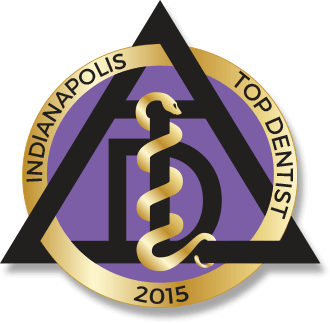 When you’re suffering from a toothache, nothing may seem more obvious than to ask your dentist to perform an extraction. In most cases however, you’ll come out better by trying to save the tooth. That’s because your teeth are like a row of dominoes. When one falls, the others are likely to follow.
When you’re suffering from a toothache, nothing may seem more obvious than to ask your dentist to perform an extraction. In most cases however, you’ll come out better by trying to save the tooth. That’s because your teeth are like a row of dominoes. When one falls, the others are likely to follow.
Understanding the Tooth Loss Process
We’ve already mentioned how your teeth are like a row of dominoes. Another way to understand what we’re saying is to think of a brick wall. It’s strong and stable as long as all of the bricks are in place. Remove a single one, however, and you weaken the entire structure. Over time, the wall itself may come crumbling down.
The same is true of your oral health. When you chew food, you create stress against your teeth in multiple directions. That’s usually not a problem, as long as each tooth is healthy and in place. But things change as soon as cavities and missing teeth come into the picture. They create a chain reaction that can lead to serious health problems such as these:
- Widespread tooth loss. Addressing this problem may require dentures or other extensive restoration techniques.
- Gum disease. Weakened or missing teeth can create hiding spots for harmful bacteria to fester, eventually causing them to spread throughout your mouth.
- Ongoing tooth pain. Continued cavities and infections can take a heavy toll on the patient in terms of discomfort and added trips to the dentist.
- Increased risk of other healthcare concerns. Research shows that those who suffer from poor dental health are more likely to develop other serious conditions such as heart disease, hypertension, sleep apnea, or type II diabetes.
For all these reasons, most dentists recommend saving a tooth whenever possible. Otherwise you may set yourself up for ongoing problems.
Three Ways to Save an Aching Tooth
Modern dentistry offers several ways to treat a distressed tooth. Here’s a look at three of the most common approaches:
- A root canal. This purges the infection from the tooth entirely, filling the cavity to prevent the problem from coming back.
- A crown. This both restores the missing portion of the tooth and protects the roots from further damage.
- A dental bridge. This spans the gap over a missing tooth, restoring lost functionality and helping to protect the remaining teeth.
Each of these approaches has its benefits as well as considerations. Your dentist will discuss the details with you at the time of your appointment.
Keeping Your Teeth Healthy over the Long Term
No matter what treatment option your dentist recommends, enjoying good dental health going forward takes reasonable self-care on your part. It’s important to brush and floss daily, eat a well-rounded, nutritious diet, and see your dentist every six months for a routine exam.
A tooth extraction is sometimes necessary. In many cases though, it’s best to save the tooth if possible. Use this information, along with guidance from your dentist, to make informed dental care decisions for yourself.
About the Author
Dr. Mark M. Farthing is a seasoned dentist with more than 35 years of experience in the profession. He studied at the Indiana University School of Dentistry and takes ongoing courses from Dawson Academy to stay up-to-date on the latest advances. You can reach his office online or by calling (317) 898-3384.


